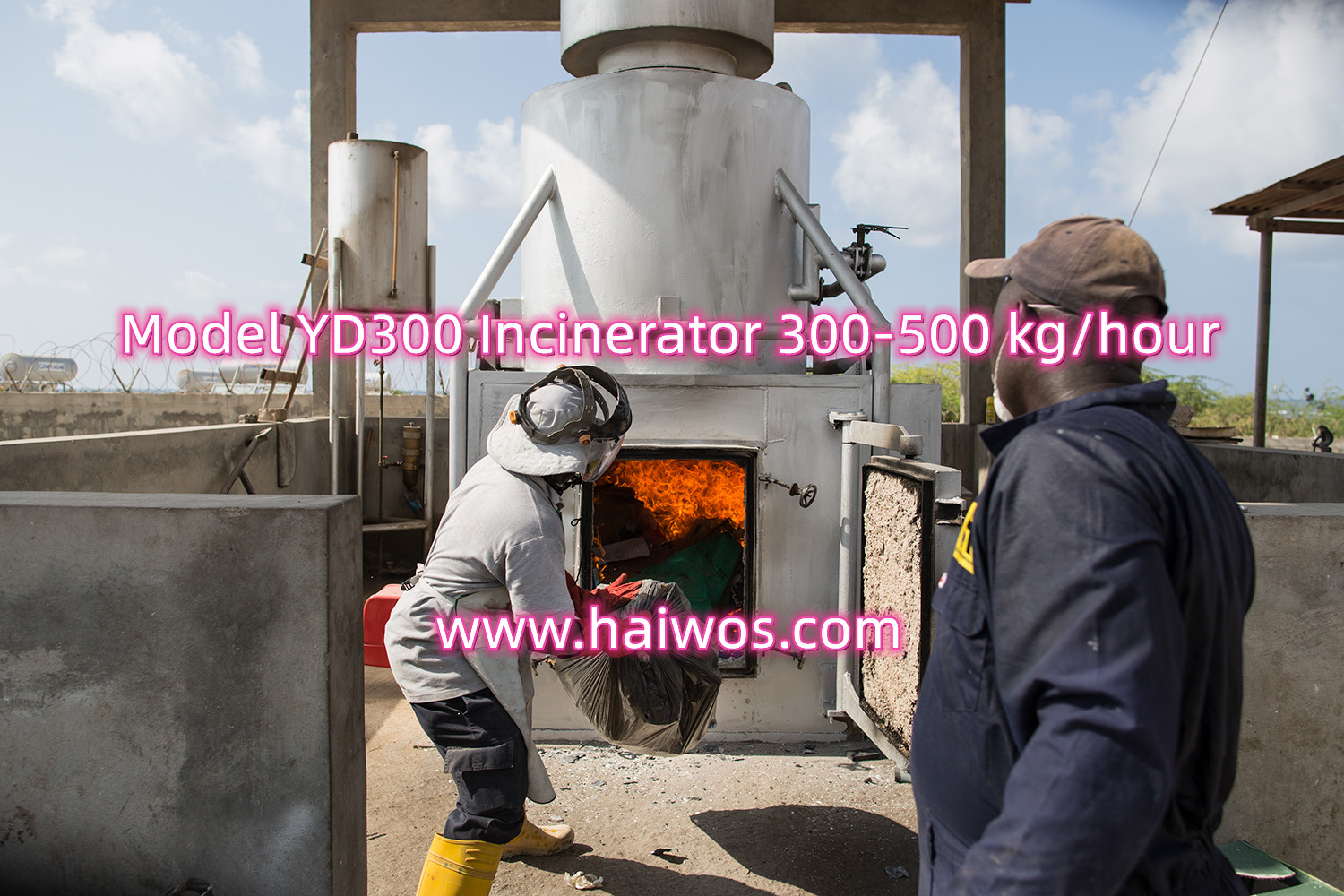Incineration is a waste treatment technology that involves the combustion of waste materials. This process is used to produce heat, electricity, or both. Incinerators are commonly referred to as waste-to-energy plants because they convert waste into energy, reducing the amount of waste that ends up in landfills and producing a valuable resource in the form of heat and electricity.
The science behind incinerators revolves around the basic principles of combustion and energy conversion. When waste materials are burned in an incinerator, the chemical energy stored in the waste is released in the form of heat. This heat can then be used to produce steam, which can power a turbine and generate electricity. Incinerators can also be used to directly produce heat for industrial processes or district heating systems.
The incineration process starts by feeding waste materials into the incinerator’s combustion chamber. The waste is mixed with air and ignited, causing it to combust and release heat. The high temperatures in the combustion chamber facilitate the breakdown of organic materials and the destruction of harmful pollutants and pathogens.
One of the key features of modern incinerators is their ability to control emissions and minimize environmental impact. Advanced air pollution control systems, such as scrubbers, electrostatic precipitators, and baghouses, are used to remove pollutants and particulate matter from the flue gas before it is released into the atmosphere. These systems help to ensure that the emissions from incinerators meet strict environmental regulations and do not harm public health or the environment.
The process of incineration also reduces the volume of waste by up to 90%, leaving behind a small amount of ash and other residues. This ash can be further processed and used in construction materials or landfilled in a controlled manner. This reduction in waste volume helps to alleviate the strain on landfills and prolong their lifespan, while also minimizing the release of methane, a potent greenhouse gas, from decomposing organic waste.
In addition to managing waste and producing energy, incinerators can also play a role in sustainable waste management strategies. By complementing recycling and composting efforts, incineration can help to divert non-recyclable and non-compostable waste from landfills, reducing the environmental impact of waste disposal.
The science behind incinerators demonstrates how these waste-to-energy plants can play a valuable role in addressing the challenges of waste management and energy production. By harnessing the energy stored in waste materials and minimizing their environmental impact, incinerators offer a sustainable and efficient solution for managing waste while generating clean and renewable energy. As technology continues to advance, incinerators are expected to become even more efficient and environmentally friendly, further contributing to the transition towards a circular economy and a cleaner energy future.



